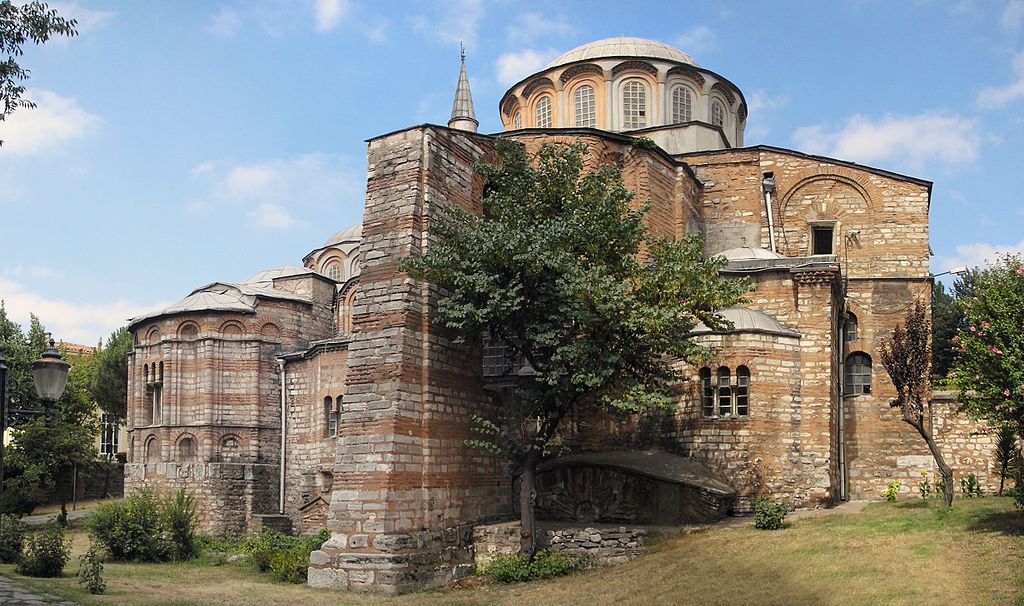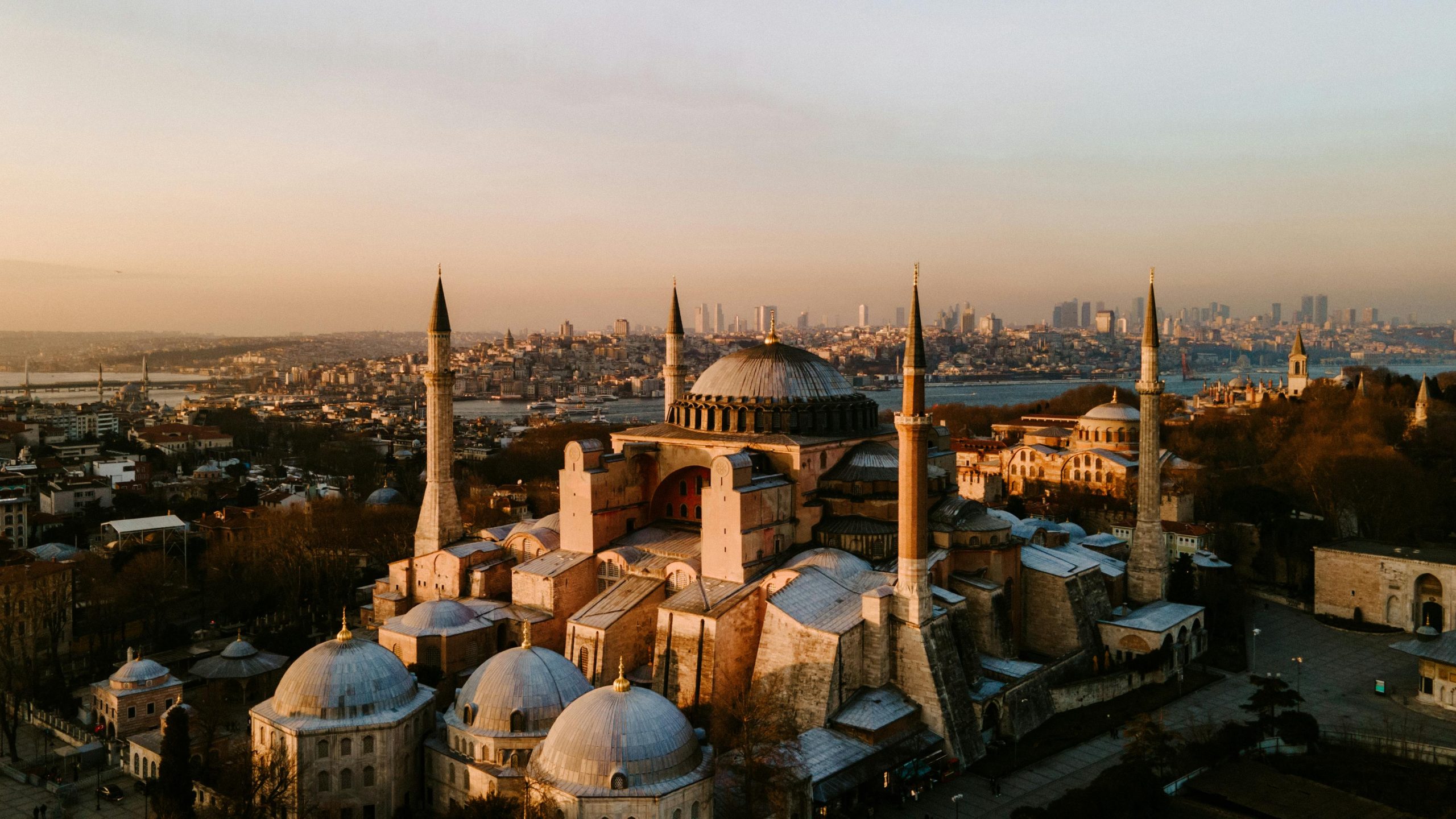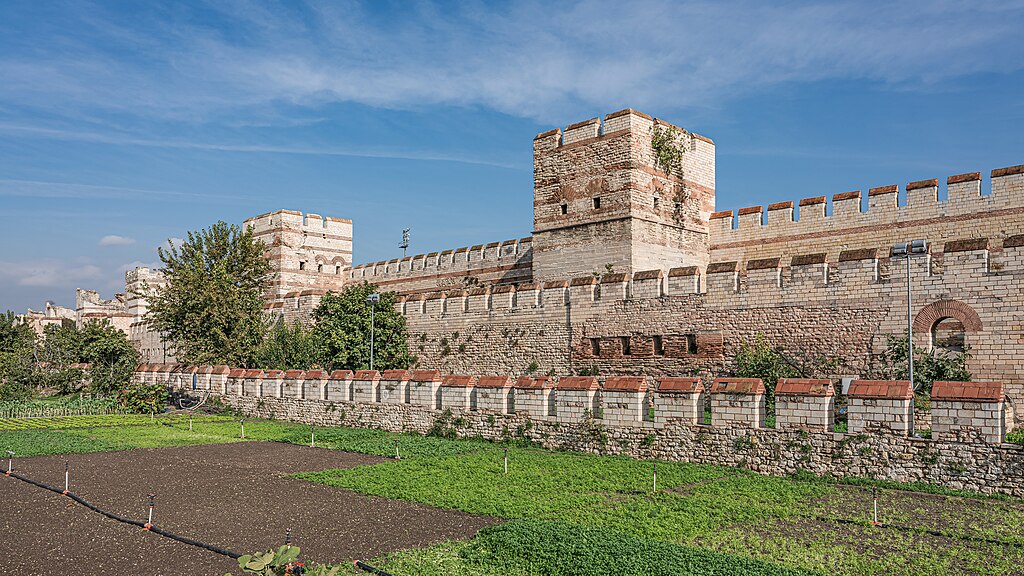Chora Church, Istanbul
Church in Istanbul

Tucked away in the quiet Edirnekapı neighborhood of Istanbul's old city walls, the Chora Church, also known as the Kariye Mosque or the Church of the Holy Saviour in Chora, is a masterpiece of Byzantine art and devotion. Though smaller and more intimate than Hagia Sophia, its interior shimmers with one of the finest collections of mosaics and frescoes ever created in the Eastern Roman world. This spot is one of the best places to see in Istanbul for those who want to experience Byzantine splendor on a more human scale, away from the crowds of Sultanahmet.
Visiting Chora feels like stepping into a jewel box of medieval spirituality. Gold mosaics depicting the Virgin Mary, Christ, and biblical scenes still glow under soft light, while intricate frescoes tell stories of faith and redemption. It's a great place to visit on a walking tour of Istanbul, especially for travelers who enjoy venturing slightly off the beaten path. Although the building now functions as a mosque once again, visitors are still welcome to admire its art and architecture — a living reminder of Istanbul's layered religious and cultural history.
History and Significance of Chora Church
The story of the Chora Church begins in the 4th century, during the reign of Emperor Constantine the Great. Originally located outside the city's first set of walls — hence its name “Chora,” meaning “in the countryside” in Greek — the site served as a monastery church for early Christians. When Emperor Theodosius II expanded the city's defenses in the 5th century, the church found itself within Constantinople's limits but retained its rustic name.
The building that stands today dates largely from the 11th century, with major renovations between 1315 and 1321 under the patronage of the Byzantine statesman Theodore Metochites. He transformed Chora into a stunning example of the Palaeologian Renaissance, a late Byzantine artistic revival characterized by vivid storytelling and human emotion. The mosaics and frescoes created during this period are among the most important surviving examples of Byzantine religious art.
After the Ottoman conquest in 1453, the church continued as a Christian place of worship until the 16th century, when Grand Vizier Atik Ali Pasha converted it into a mosque. In 1945, it became the Kariye Museum, allowing visitors from around the world to admire its mosaics. In 2020, it was re-designated as a mosque, though it remains open to visitors interested in its historical and artistic treasures.
Things to See and Do in Chora Church
Step inside Chora, and you're immediately greeted by a world of gold and color. The narthex (entrance hall) features scenes from the life of the Virgin Mary and Christ, rendered in glittering mosaics that have survived more than 700 years. The inner narthex continues the narrative with panels illustrating miracles and parables, while the dome mosaics — depicting Christ Pantocrator and the Virgin — radiate spiritual majesty.
The parekklesion (side chapel) holds some of the most expressive frescoes in Byzantine art, particularly the haunting Anastasis (Resurrection) scene, where Christ raises Adam and Eve from their tombs — a moment of divine triumph rendered with emotional intensity. Elsewhere, look for the portrait of Theodore Metochites, humbly presenting a model of the church to Christ, symbolizing the devotion behind its creation. Every surface tells a story, and even after centuries of wear, the artistry remains astonishingly vivid.
Don't rush your visit — take time to stand quietly beneath the domes, tracing each shimmering mosaic tile. The small scale of the building allows you to admire the craftsmanship up close, making this one of the top sights in Istanbul for lovers of history, art, and architecture.
How to Get There
Chora Church (Kariye Mosque) is located in the Edirnekapı district, near the western section of Istanbul's Theodosian Walls. From Sultanahmet, you can take the T1 tram toward Topkapı, then transfer to a short taxi or bus ride to Kariye. Visitors arriving by train can connect via Sirkeci railway station before transferring to public transport toward Edirnekapı. You can use the official TCDD Taşımacılık website to check schedules, compare routes, and purchase tickets for Turkey's national and regional trains operated by TCDD. For a more streamlined experience (especially if you prefer an English interface or want to compare across countries), we recommend using Omio, which allows you to easily compare prices, schedules, and book train tickets across Turkey and the rest of Europe — all in one place. Limited parking is available in nearby residential streets, though spaces can be tight, especially on weekends. If you are looking to rent a car in Turkey I recommend having a look at Discover Cars, first, as they compare prices and review multiple car rental agencies for you.
Practical Tips on Visiting Chora Church
- Best time to visit Chora Church: Morning hours for fewer crowds and softer light on the mosaics.
- Entrance fee in Euros: Around €10 (may vary depending on status as mosque or museum).
- Opening hours: Daily, 9:00 AM–5:00 PM.
- Official website: https://muze.gov.tr
- How long to spend: 45 minutes to 1.5 hours.
- Accessibility: Partial access; some uneven flooring and steps.
- Facilities: Small gift shop, restrooms, and café nearby.
- Photography tip: Use natural light; flash is not allowed inside.
- Guided tours: Available through local tour operators and often included in Byzantine heritage tours.
- Nearby food options: Traditional cafés and bakeries in the Edirnekapı and Balat districts.
Is Chora Church worth visiting?
Absolutely. Chora Church is one of the top attractions in Istanbul for its mosaics alone — each one a masterpiece of Byzantine art that rivals anything in Europe. Its quiet atmosphere, historic charm, and off-the-beaten-path location make it a deeply rewarding visit for anyone interested in art or history.
FAQs for Visiting Chora Church
Can I still see the mosaics now that it's a mosque?
Yes, the mosaics are still visible to visitors outside prayer times.
Is there a dress code?
Yes, modest dress is required; women should bring a headscarf.
How long does a typical visit take?
About one hour, including time to admire the frescoes and mosaics.
Are tours available in English?
Yes, guided tours and audio guides are available in multiple languages.
Is photography allowed?
Yes, but without flash to protect the artwork.
Nearby Attractions to Chora Church
- Theodosian Walls – Massive 5th-century fortifications surrounding the old city.
- Fethiye Mosque – Another former Byzantine church featuring beautiful mosaics.
- Balat District – Colorful old neighborhood filled with vintage houses and cafés.
- Eyüp Sultan Mosque – One of Istanbul's most important and atmospheric mosques.
- Panorama 1453 Museum – Immersive museum depicting the Ottoman conquest of Constantinople.
The Chora Church appears in our Complete Guide to Visiting Istanbul!
This website uses affiliate links which may earn a commission at no additional cost to you!
Visiting Chora Church
Nearby Attractions
- Gate of Charisius (0.0) km
City Gate in Istanbul - Palace of the Porphyrogenitus (0.3) km
Palace in Istanbul - Palace of Blachernae (0.3) km
Palace and Roman Site in Istanbul - Kaligaria Gate (0.6) km
City Gate in Istanbul - Fifth Military Gate (1.3) km
City Gate in Istanbul - Gate of Saint Romanus (1.4) km
City Gate in Istanbul - Panorama 1453 History Museum (2.1) km
Museum in Istanbul - Gate of Rhesios (2.4) km
City Gate in Istanbul - Suleymaniye Mosque (2.7) km
Mosque in Istanbul - Rüstem Pasha Mosque (2.9) km
Mosque in Istanbul


